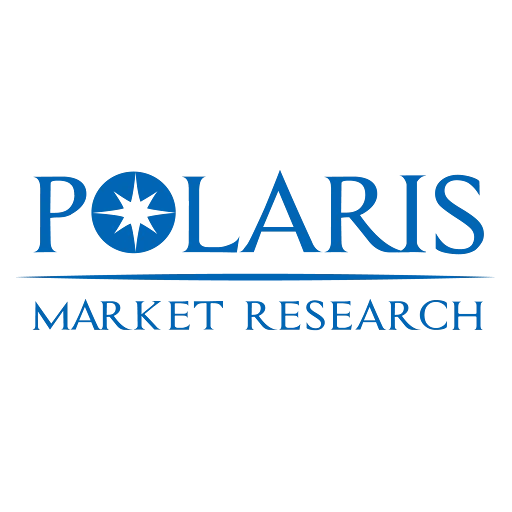In 2024, the global anti-counterfeit packaging market was valued at USD 178.65 billion and is expected to expand at a compound annual growth rate of 11.8 % during the forecast period. This robust baseline reflects surging demand across industries to safeguard brand integrity, protect consumer safety, and enhance supply chain visibility. Yet beneath the aggregate numbers lies pronounced regional divergence: markets in North America, Europe, and Asia Pacific reflect distinct regulatory regimes, trade constraints, technological adoption patterns, and market penetration strategies that will determine winners in regional industrial ecosystems.
In North America, the anti-counterfeit packaging sector is among the most mature, driven by stringent regulation enforcement (especially in pharmaceuticals and consumer goods), high IP (intellectual property) protection, and deep adoption of serialization, RFID and track-and-trace technology. The U.S. and Canada benefit from strong supply chain infrastructure and cross-border alignment, making North America a critical base from which global vendors project scale. In Europe, the regulatory environment—especially the EU Falsified Medicines Directive (FMD), advanced customs enforcement, and cross-border trade in goods—pressures brands to adopt interoperable anti-counterfeit systems. European markets often demand data residency, harmonized standards, and local certification, so technology localization and compliance become crucial penetration levers. In Asia Pacific, including China, India, Japan and Southeast Asia, growth is fastest, due to rising counterfeiting risk, increasing pharmaceutical exports, and growing middle classes demanding product authenticity. However, Asia presents fragmentation in standards, variable enforcement, infrastructure constraints, and trade barriers affecting cross-border supply chains of security packaging material and devices. Latin America, Middle East & Africa remain earlier stage: regulatory consistency is lower, distribution is more complex, and willingness to pay for advanced authentication features is still growing.
Drivers in North America include strong legal enforcement, steep penalties for counterfeiters, advanced logistics frameworks, and high adoption of digital verification (e.g. blockchain tracking). In Europe, the push for regulatory harmonization (e.g. EU-wide mandates, customs fraud interception), and strong brand sensitivity to gray markets spur adoption. In APAC, the dramatic rise in e-commerce, expanding pharmaceutical manufacturing, and counterfeiting hotspots fuel demand. But restraints differ regionally: in Asia, variable regulatory clarity, fragmented markets, and infrastructure gaps hamper scale; in Europe, high compliance cost, local certification requirements, and interoperability demands challenge smaller providers; in Latin America and MEA, limited budgets, weak enforcement, and supply continuity risk depress adoption.
Read More @ https://www.polarismarketresearch.com/industry-analysis/anti-counterfeit-packaging-market
Opportunities lie in regionally tailored product offerings, local manufacturing of security substrate, modular authentication systems designed for local constraints, and regional licensing partnerships. In Asia Pacific, deploying scalable, lower-cost holographic, security ink, or QR/NFC solutions—combined with local co-manufacturing of packaging substrate—can reduce cost and improve penetration. In Europe, aligning with regional standards bodies, building data vaults in EU jurisdictions, and offering compliance consulting will support market entry. In North America, premium, highly integrated solutions (e.g. multi-layer serialization + forensic markers + blockchain) will command margin. Trends include increasing regional manufacturing trends of security substrate (e.g. security inks produced closer to end markets), tightening of cross-border supply chains for sensitive materials, and adoption of market penetration strategies built around alliances with local packaging converters, logistics firms, and enforcement bodies. More vendors are localizing data centers, decoupling centralized systems into regional nodes, and diversifying penetration models (e.g. SaaS, subscription, module licensing) per region.
Because counterfeiting is inherently cross-border, those firms that can coordinate regional footprints with a global backbone, provide resilient cross-border supply chains, and customize security features per jurisdiction will hold advantage. The competitive landscape remains concentrated, with scale and technological depth critical. Among the top players with substantial market hold are:
• Avery Dennison Corporation
• 3M Company
• CCL Industries
• Zebra Technologies Corporation
• SML Group
• SICPA Holding SA
• DuPont






